Virtual Safety Car (VSC) is regulations that has been adopted in Formula 1 since 2015.
In case it is not enough to deoploy the safety car, but it is necessary to slow down significantly at certain point on the course, VSC is deployed.
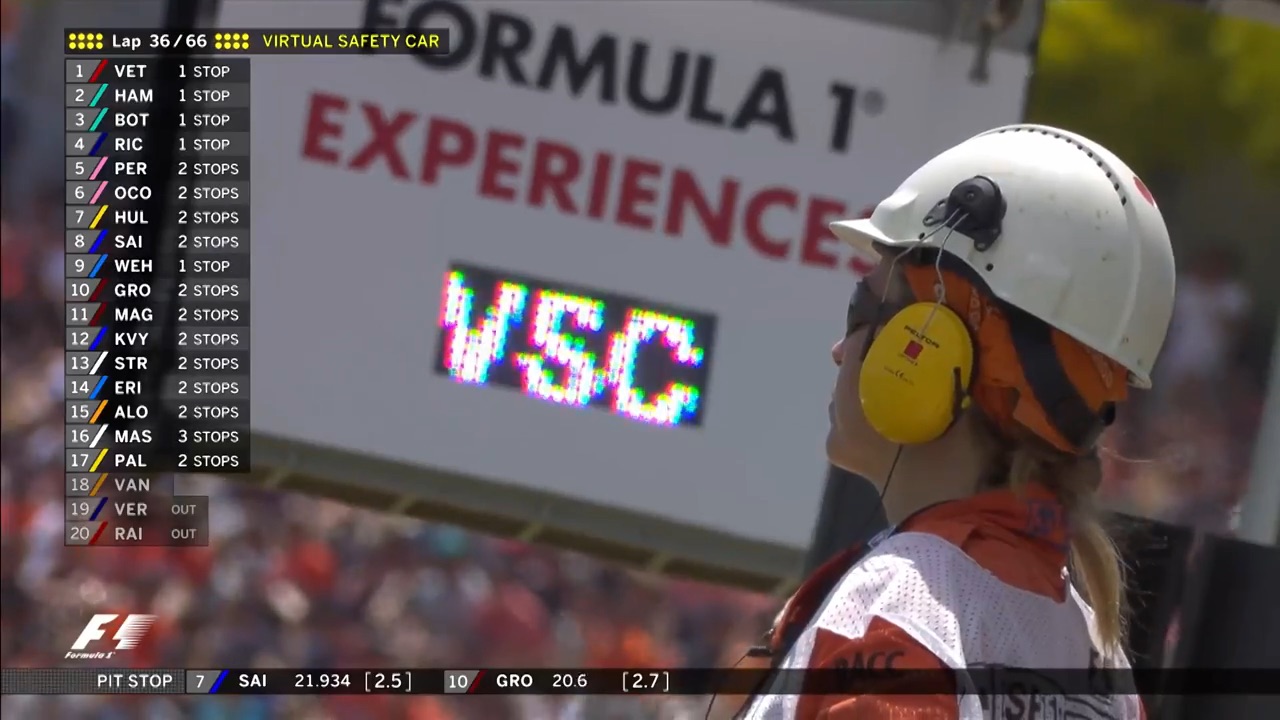
出典:youtube.com
In case it is determined to deploy the Virtual Safety Car (VSC), FIA lighting panels equipped at various locations on the course displays “VSC”. In addition, race control send to each team the message of “VSC DEPLOYED”. It is also displayed a similar message on official TV.
 During the VSC all car must slow down and it is not permitted to overtake. The drivers need to drive in the marshall sector later than the sector time that is determined by FIA in advance.
During the VSC all car must slow down and it is not permitted to overtake. The drivers need to drive in the marshall sector later than the sector time that is determined by FIA in advance.
The car speed is calculated from the time required for each 15-meter trip by GPS and monitored as needed. The steward can penalize the driver that violates it.
The marshall sector means the section from the FIA light panel (digital flag displayed as VSC) equipped on the course to the following FIA light panel.
During the race, it is not permitted to pit in except for the purpose of changing tires. Like the safety car, even during the deployment of the virtual safety car, it is counted as the number of race laps.
The procedure for ending the virtual safety car is as follow.
First, race control send to each team the message of “VSC ENDING”. After 10 to 15 seconds, FIA light panel changes from “VSC” to green and the VSC is ended.

The virtual safety car was considered for introduction after the accident of Jules Bianchi in 2014 Formula 1 Round 15 Japanese Grand Prix. The test for introduction of “VSC” was conducted on a trial basis in the free practice in Round 17 United States Grand Prix, and the operation of virtual safety car has started from 2015 season in Formula 1.
In the Appendix H International Sporting Code, it is necessary to sufficiently decelerate in the double yellow zone, but in fact, it is not thoroughly enforced, the purpose of VSC is to slow down all cars.

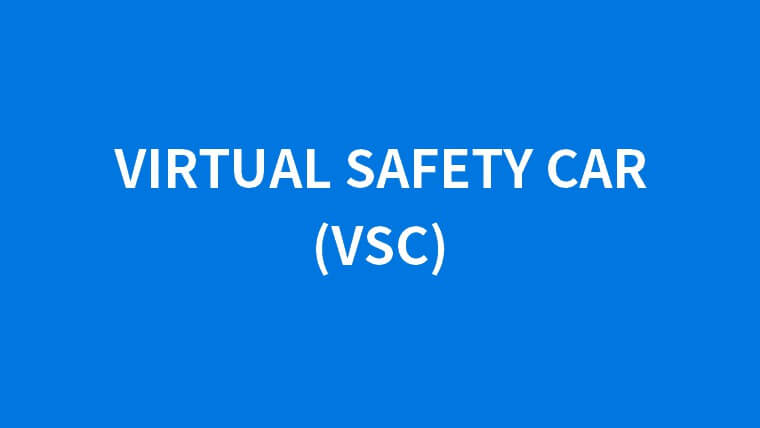







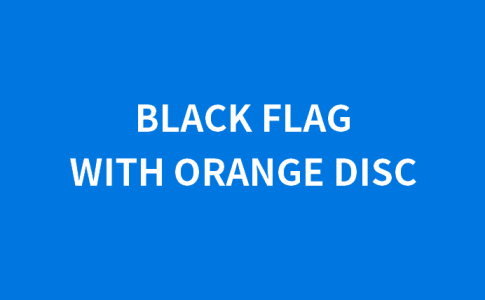




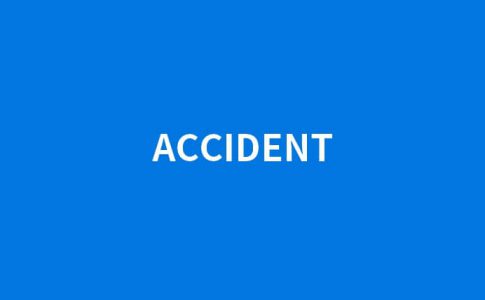



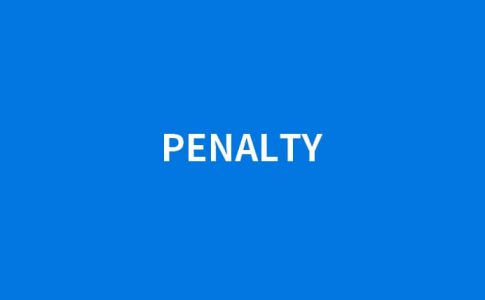


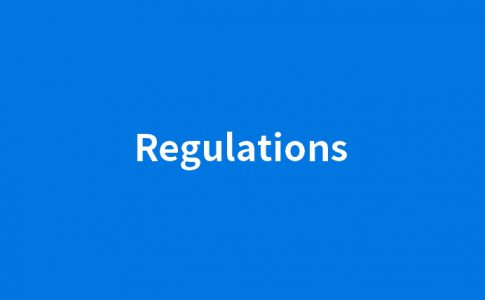

40) VIRTUAL SAFETY CAR (VSC)
40.1 The VSC procedure may be initiated to neutralise a practice session or a race upon the order of the clerk of the course.
It will normally be used when double waved yellow flags are needed on any section of track and competitors or officials may be in danger, but the circumstances are not such as to warrant use of the safety car itself.
40.2 When the order is given to initiate the VSC procedure a message “VSC DEPLOYED” will be sent to all teams via the official messaging system and all FIA light panels will display “VSC”.
40.3 No car may be driven unnecessarily slowly, erratically or in a manner which could be deemed potentially dangerous to other drivers or any other person at any time whilst the VSC procedure is in use. This will apply whether any such car is being driven on the track, the pit entry or the pit lane.
40.4 When initiated during a race, no car may enter the pits whilst the VSC procedure is in use unless it is for the purpose of changing tyres.
40.5 All competing cars must reduce speed and stay above the minimum time set by the FIA ECU at least once in each marshalling sector and at both the first and second safety car lines (a marshalling sector is defined as the section of track between each of the FIA light panels).
All cars must also be above this minimum time when the FIA light panels change to green (see 40.7 below).
When initiated during a race, the stewards may impose either of the penalties under Article 38.3a), b), c) or d) on any driver who fails to stay above the minimum time as required by the above.
40.6 With the exception of the cases listed under a) to d) below, no driver may overtake another car on the track whilst the VSC procedure is in use.
The exceptions are :
a) When entering the pits a driver may pass another car remaining on the track after he has reached the first safety car line.
b) When leaving the pits a driver may overtake, or be overtaken by, another car on the track before he reaches the second safety car line.
c) Whilst in the pit entry, pit lane or pit exit a driver may overtake another car which is also in one of these three areas.
d) If any car slows with an obvious problem.
40.7 When the clerk of the course decides it is safe to end the VSC procedure the message “VSC ENDING” will be sent to all teams via the official messaging system and, at any time between 10 and 15 seconds later, “VSC” on the FIA light panels will change to green and drivers may continue the session or continue racing immediately. After 30 seconds the green lights will be extinguished.
40.8 Each lap completed whist the VSC procedure is in use during a race will be counted as a race lap.